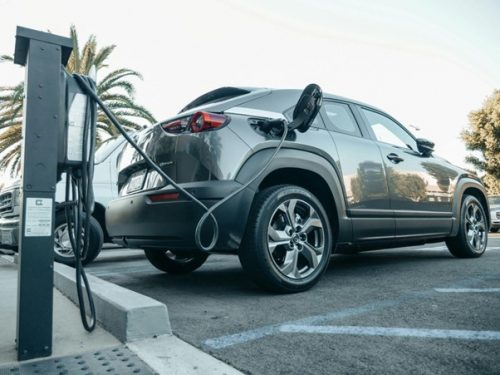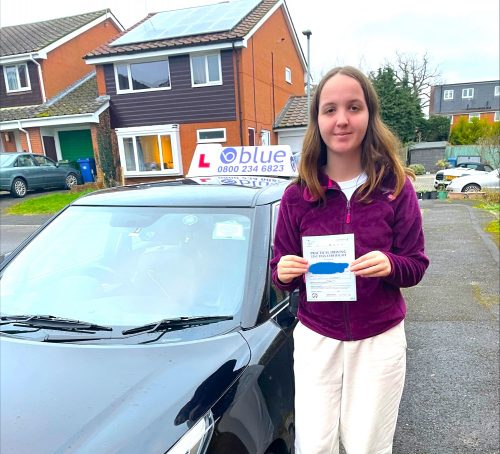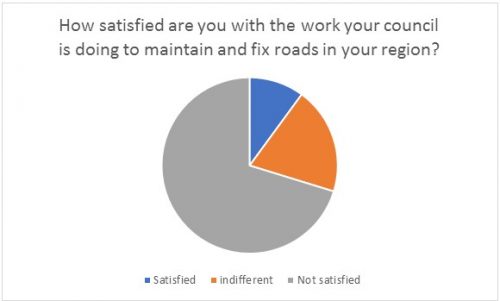
Why are England’s roads so bad?
Posted in: Car Insurance, Driving Tips, News.
If you ask drivers what concerns them most about driving, poor road conditions are sure to be somewhere near the top of their list. For people learning to drive, the potholes, surface flooding, and uneven roads can be even more worrying.
It seems like the roads only get worse year after year, the potholes keep growing, and uneven stretches get wobblier. But are our roads actually deteriorating?
To get to the bottom of the issue, a report into the true state of English roads was conducted by tyre-shopper.co.uk who surveyed with 500 UK motorists and looked into government data to get the full picture of England’s roads.
Road classification explained
Roads in England are all classified with a letter system, splitting them into categories that represent their importance and average traffic levels.
The largest roads, usually linking cities, are motorways which are named with an M and a number.
After motorways come A roads, the highest traffic roads that aren’t motorways. These are often dual carriageways.
Following A roads are B and C roads. These are sometimes called distributor roads, and they have lower traffic densities than motorways and A roads but are still important for getting around cities, towns, and villages. They’re the roads that most drivers use every day to go to the shops, commute locally, or visit friends and family.
The government records road conditions every year, and here is the latest data:
B and C roads that needed maintenance in 2017/18
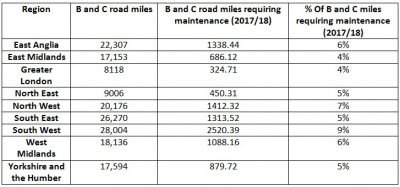
Altogether, this means that of the 166,765 miles of B and C roads in the country, 10,013 miles (or 6%) were seen as requiring maintenance by the government in 2017/18.
To put it in context, that’s roughly the distance from London to Melbourne!
What do drivers think of the roads?
In the report, 500 UK motorists were asked a number of questions about their experiences on English roads. Some of the results are eye-opening.
68.9% of respondents said that their local roads had either gotten worse or stayed the same in the last 12 months, while only 31.1% said they’d improved. In every region of the UK, people felt that roads had generally deteriorated.
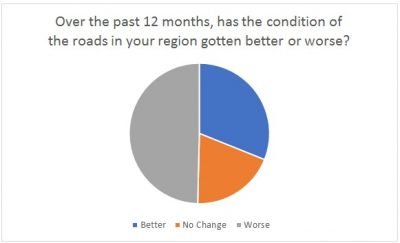
Respondents were also asked how satisfied they were with the work their local council was doing to fix dangerous roads in their region. The responses were again largely negative, with 70.2% of respondents saying that they were not satisfied with the work their council was doing, and only 10.1% saying they were satisfied.
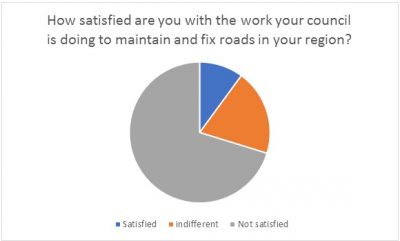
Despite motorists’ experiences, government data appears to say otherwise about English roads.
Their figures show a positive trend, with the percentages of roads they consider as in need of maintenance gradually dropping over the past 10 years and dropping or staying the same in most regions over the last 12 months.
Percentage of B and C roads that needed maintenance from 2007 to 2018
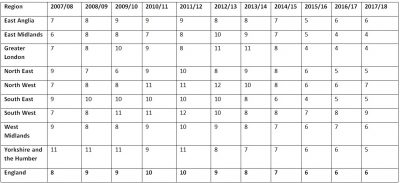
So why is there such a difference between motorist experiences and actual roading conditions?
Damage caused by unmaintained roads
54.2% of respondents said their car had been damaged in some way by bad road conditions in the last year.
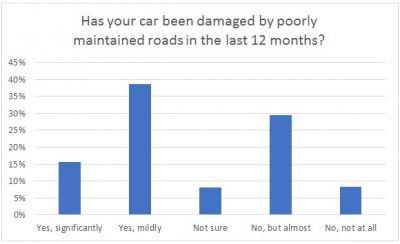
With an average repair cost for pothole damage of around £297 and roughly 32.5 million cars on the road in England as of 2018, even counting just the 15% of respondents whose cars were significantly damaged results in a total potential bill of £1.4 Billion per year to repair car damage caused by poorly maintained roads.
With this in mind, it’s easy to see why drivers feel like the current rate of road improvements isn’t enough and why learner drivers may be a little more nervous on the roads.
If you ever experience pothole damage, here’s a handy guide on how to claim for it.
Will roads continue to improve?
In 2016/17, the government spent roughly £866 million on routine and winter maintenance of local roads across the UK, which seems significant but actually only made up around 2.9% of the total spending on transport in the same time period.
There’s also the Pothole Action Fund, which “aims to provide £50 million to councils each year until 2021” but still doesn’t account for increasing annual road traffic levels and significant reductions in local authorities road maintenance budgets.
And although the government statistics indicate a generally positive trend in local road health, it seems like the positive effects are being lost on drivers, with little to no confidence in council action and a dramatic number of cars being damaged.
For now, it appears drivers will have to continue to look after their cars and drive carefully on the roads to reduce their own risk of car damage. Keeping an eye out for potholes, regularly checking tyres and suspension, and perhaps avoiding poor roading areas altogether are the best steps forward to keeping you and your car safe.
Want to find the worst regions for road maintenance in England? Check out this interactive infographic below:
Tags: Why are England’s roads so bad










